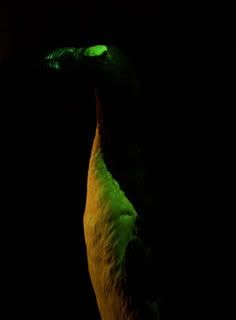Extinct Giant Auk, or Penguine Grande
One of Paris's lesser-known indoor attractions is the Grande Galerie de l'Evolution, perfect for a wet and blustery Saturday afternoon. Part of the elegant sprawl of the Museum National d'Histoire Naturelle - Natural History Museum to you and me - to reach it you walk through the Jardin des Plantes, an elegant structured garden to the South of the River Seine. Originally laid out as a medicinal herb garden in 1626, the site has now become a sort of Botanic Gardens, with rows of neat muddy borders awaiting some Spring growth. Two large glasshouses dominate the garden - both of which are currently undergoing renovation and are closed.
The Gallery of Evolution (to give it an English name) is on the South side of the complex, next to an imposing grey museum of Mineralogy. My guidebook described the old-style museum buildings of Paleontology, Anatomy, Mineralogy, Entomology, and Paleobotany as 'musty'. Refusing to accept anything involving insects could be so categorised, we attempted to get into the Entomology Museum but were turned back by a book-reading academic at the desk who informed us it wasn't a museum, but a collection of specimens off-limits to the public. Musty old bugger.
So we piled out of the rain and into the Evolution Gallery - a 19th Century glass-domed building with four floors of stuffed animals and exhibits on the interactions between animals and the environment. It was very interesting, if hard to understand as 95% of the signs were in French - but a stuffed Polar Bear looks the same in any language. The bottom floor had all kinds of wierd aquatic stuff in jars, so that more than made up for our refusal at the Entomology Museum.
As it was, that was kind of fitting, as I discovered later that the frustrated Ecologist Jean-Baptiste Lamarck had been appointed 'Professior of worms and insects' at the Museum National d'Histoire Naturelle after the French Revolution. Perhaps in that very building he started to work on his radical theory about animals adapting to environmental pressures that preceeded Darwin's by many years (sadly he was derided and died blind, and in abject poverty). On the other side of the square was the building where Henri Becquerel discovered radioactivity (1896), and the Curies discovered Radium (1898) - so maybe best avoided, but wherever you go in Paris, you'll find something historic.